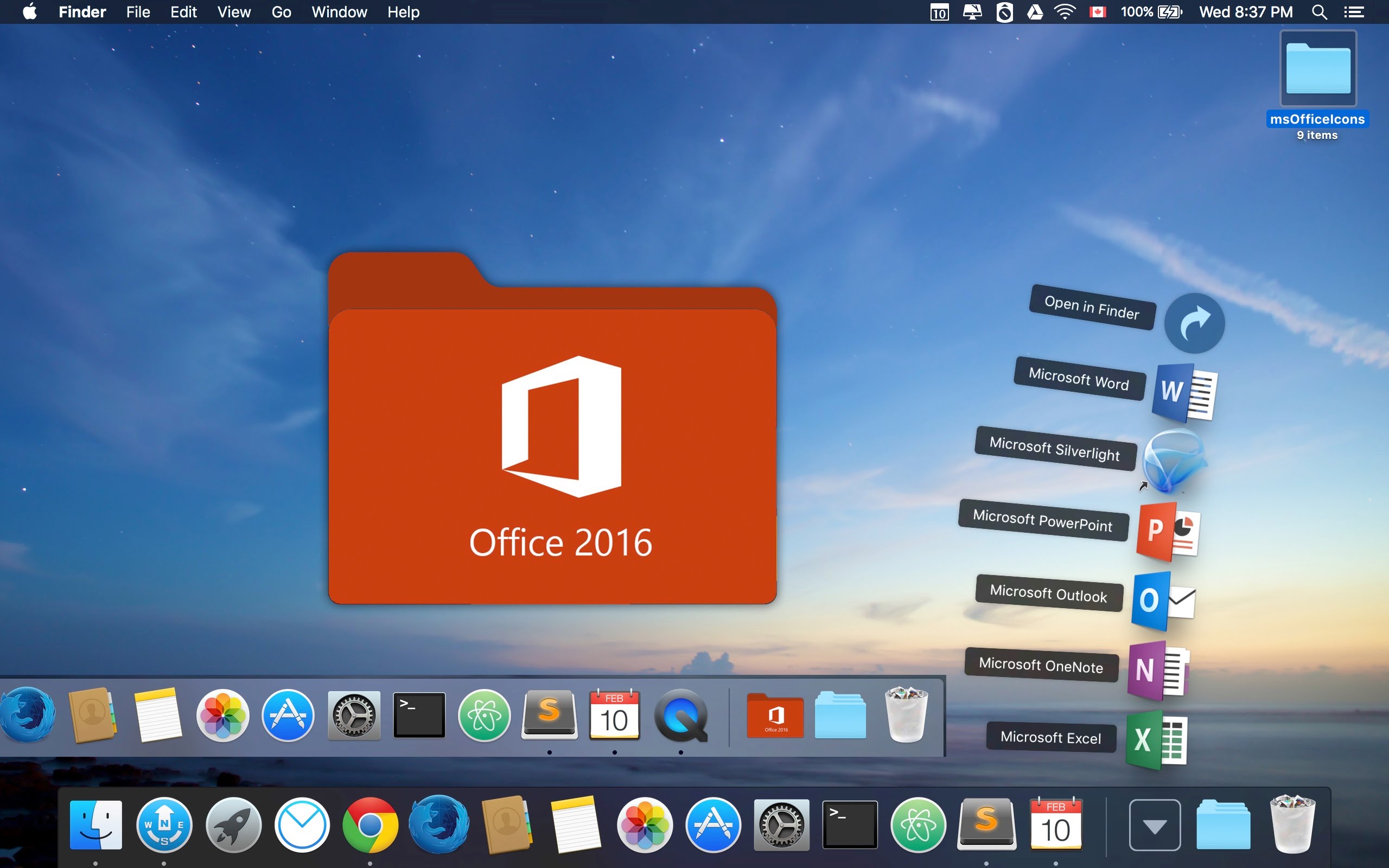

This spares you the bother of having to hunt down associated files. Though these smaller files don’t take up much space, they also serve no purpose once an app has been removed from your Applications folder. Rather than just deleting the main APP files from your Applications folder, AppCleaner attempts to hunt down additional preferences, launch daemons, and other files located on your hard drive. The free app works with all modern versions of macOS from 10.6 onwards, using both a drag-and-drop or list view interface. If you’re keen to remove all signs of an application from your Mac, consider installing AppCleaner by FreeMacSoft. AppCleaner Can Help You Remove Applications Too Restarting your Mac also solves all sorts of other problems like apps that refuse to open or an Apple Watch that won’t unlock your Mac, which is why it’s so often touted as a go-to troubleshooting solution. You can then check how much free space you have using Finder. If you’ve deleted everything but still aren’t seeing as much free space as you’d have hoped, give your Mac a restart by clicking Apple > Restart. Finally, open the Trash and click “Empty” to permanently delete everything you just removed. You can do this by clicking and dragging the dock icon until you see “Remove” appear, then release. Lastly, any dock items you might still have should be removed. Remove Any Dock Icons Left Over and Empty Trash

Next, open the “ByHost” folder within the Preferences folder and also delete “com.microsoft” files. if you are still using Office for Mac 2016). In Finder hit Shift+Command+G, enter ~Library/Preferences, and do the same to files starting with “com.microsoft” in there too (except for. Delete files starting with “com.microsoft” from this folder. Open Finder and hit Shift+Command+G then enter ~Library/Preferences followed by enter. If you’re removing Office for Mac 2011, there are a few different files you’ll need to delete to remove Office completely. Highlight and delete the following, if present:

Finally, hit Shift+Command+G and enter ~/Library/Group Containers followed by enter. Now delete the files using the Command+Delete keyboard shortcut. On macOS 10 or newer, highlight (by holding the Command key and clicking) these:


 0 kommentar(er)
0 kommentar(er)
